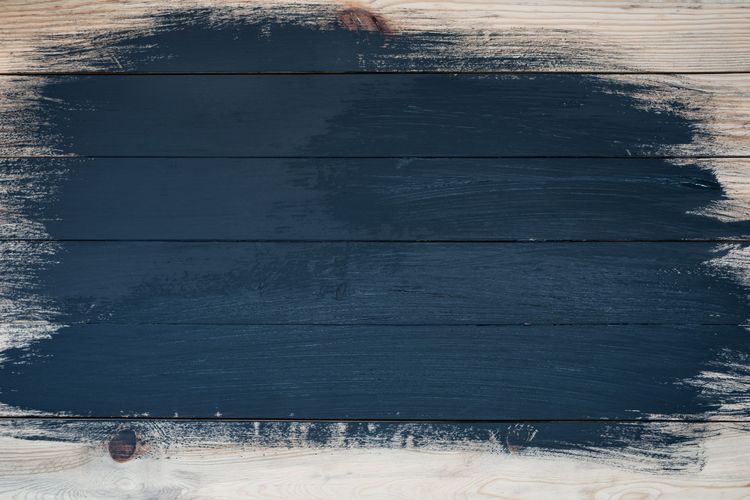Restoring Wooden Floors in Historic Properties: Challenges and Solutions

Restoring wooden floors in historic properties is both an art and a science. These floors often hold decades or even centuries of history, making them invaluable components of a building’s heritage. However, balancing authenticity with modern standards of durability, safety, and functionality can present unique challenges. This article explores the difficulties involved in restoring wooden floors in historic buildings and offers practical solutions to preserve their beauty and significance.

Challenges in Restoring Wooden Floors in Historic Properties
- Preserving Authenticity One of the most significant challenges in restoring wooden floors in historic properties is maintaining their original character. Over time, wear, discoloration, and even minor damages contribute to the floor’s unique patina, which reflects its history. Removing or altering these features can compromise the authenticity of the property.
- Dealing with Structural Issues Historic wooden floors may suffer from structural issues, such as rot, warping, or weakened joists. These problems often result from prolonged exposure to moisture, pests, or simply the passage of time. Addressing these issues requires careful assessment and repair to avoid further damage.
- Matching Original Materials Finding materials that match the original wood species, grain, and color can be a daunting task. Many historic buildings feature wood types that are no longer readily available or were sourced using methods that have since become obsolete.
- Adhering to Conservation Guidelines Restoration work in historic properties is often governed by strict conservation regulations. These guidelines may limit the use of modern techniques and materials, requiring specialized skills and knowledge.
- Integrating Modern Standards While preserving authenticity is crucial, the restored floors must also meet modern standards for safety, durability, and functionality. This balance can be difficult to achieve without compromising the historical integrity of the flooring.
Solutions for Restoring Wooden Floors in Historic Properties
Thorough Assessment and Planning
Begin the restoration process with a detailed assessment of the floor’s condition. Identify areas of damage, structural weaknesses, and historical features that must be preserved. Collaborate with conservation experts, architects, and skilled craftsmen to create a restoration plan that respects the property’s heritage.
Selective Repairs
Rather than replacing entire sections, focus on targeted repairs to preserve as much of the original material as possible. For instance:
- Use wood fillers or patches made from reclaimed wood to address small cracks and holes.
- Reinforce weakened joists or planks without removing them entirely.
- Address moisture issues to prevent further deterioration.
Source Authentic Materials
Whenever possible, use reclaimed wood or materials sourced from salvage yards to match the original flooring. Custom milling and staining can help achieve an exact match in color and texture. For rare wood species, consider using modern engineered wood that mimics the appearance of the original material.
Employ Traditional Techniques
Restoration techniques should align with the methods used during the floor’s original construction. Hand-scraping, traditional joinery, and natural finishes like shellac or oil-based waxes can maintain the floor’s historical integrity.
Incorporate Modern Enhancements Discreetly
Modern advancements can be integrated subtly to improve the functionality of historic wooden floors without compromising their authenticity. For example:
- Apply low-VOC finishes to enhance durability and indoor air quality.
- Install a moisture barrier beneath the floor to protect it from humidity.
- Use modern underlays to improve insulation and acoustics.

Regular Maintenance
After restoration, establish a maintenance routine to preserve the floor’s condition. Regular cleaning with gentle, non-abrasive products and periodic refinishing can prevent minor issues from becoming major problems.
Case Study: Successful Restoration Practices
In a recent project involving the restoration of a Victorian-era ballroom, the following steps ensured a successful outcome:
- Initial Survey: Experts identified structural weaknesses and areas affected by woodworm.
- Material Sourcing: Reclaimed oak planks from the same era were sourced to replace irreparable sections.
- Traditional Techniques: Craftsmen used hand-scraping and lime washing to replicate the original finish.
- Modern Enhancements: A breathable underlay was installed to improve insulation without trapping moisture.
- Maintenance Plan: A detailed maintenance schedule was provided to the property owners to ensure long-term preservation.
Conclusion
Restoring wooden floors in historic properties is a delicate yet rewarding process that requires a careful balance between preserving the past and meeting modern needs. By addressing structural issues, sourcing authentic materials, and employing traditional techniques, it is possible to revive these floors while honoring their historical significance. With proper planning, expert guidance, and ongoing maintenance, wooden floors in historic properties can continue to tell their stories for generations to come.



